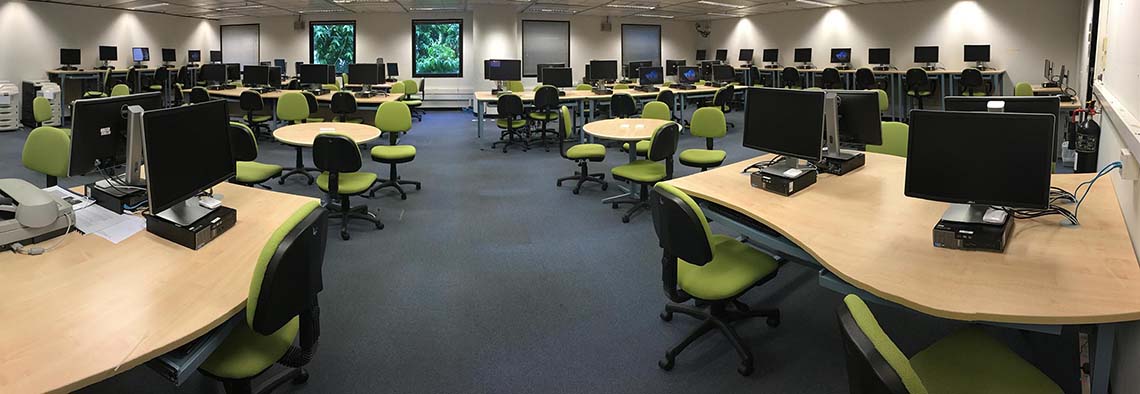Top-Ranking University Uses Best-In-Class Comms To Support A Culture Of Innovation

Our Customer
Hong Kong University of Science and Technology
Their Industry
Education
Location
Hong Kong, Asia
Number of Employees
3,000+
Background
Building a strong culture amongst its 15,000 students, gathering their feedback on important topics, and broadcasting messages that require specific action were key objectives for HKUST.
Traditional channels, such as public announcement systems and email were becoming increasingly inadequate for this high-achieving environment. With a reputation for innovative thinking, the University was determined to find a better way to communicate with its community.
Key Challenges
There are four general purpose computer laboratories located throughout the HKUST campus. These areas – known as computer barns – provide the university community with approximately 400 desktop computers, printers, scanners and secure network connectivity.
At the close of each day, students are required to log off from the computers, and reminded to take their belongings. Originally, this instruction was communicated via a public announcement system – far from ideal given the need to create a quiet, study-friendly environment, especially during exam time.
These announcements also had to be manually scheduled – an inconvenience given that the barns are often open at weekends and evenings, requiring a member of staff to be available.
The Information Technology Services Center team was also keen to elicit student feedback on the computer barn’s environment and overall IT experience. Response rates from a previous survey sent by email were disappointingly low.
In addition, the University wanted a visual and enduring method to convey its values regarding culture and sustainability.
Head of Teaching Technologies at HKUST, William Wan, leads the student computing facilities in the campus. His objectives for a better communication solution included eliciting specific action at a specific time, building internal culture, increasing survey response rates, and getting attention without disrupting.
Solution
After trialing SnapComms software, Wan selected three channels: Desktop Alerts, Wallpaper and Surveys. Each of these tools completely override email systems and are designed to achieve high message cut-through.
The Desktop Alert displays as a pop-up message window, straight onto the University’s computer screens. Effective for inciting immediate and specific action, the alert can be set to recur and can feature images, links and video.
Wallpaper is the opening display a student sees when they first log on. It’s an opportune moment to get their attention before they start up other applications.
The Staff Survey presents as a pop-up notification regardless of which application the student is working in at the time. Reminder messages can be set until a response has been submitted, dramatically boosting response rates.
Tools Implemented
Application
Wan says that the alerts have been used as a discreet, polite and effective way of notifying students to start packing up. “Fifteen minutes ahead of closing time, a Desktop Alert silently appears directly onto all 400 computer barn’s desktop screens.”
Wallpaper is the other popular tool used every day at HKUST. Beautiful images and captivating headlines are published to screens to reinforce key values and special announcements (like the recent 25th anniversary of the University).

“It’s a simple but effective way to promote our culture of sustainability,” explains Wan. “We change the wallpaper designs every week - an easy, automated process. These are great for promoting awareness without boring the students by showing the same thing.”
Meanwhile, surveys are used for specific projects, such as collating data on students’ feedback about recent upgrades or new software.

Results
The new communication tools from SnapComms have proved to be super effective at getting attention of the intended audience – to the extent that the University has renewed its license and plans to expand usage throughout the campus.
The survey tool lifted response rates by 20%, giving Wan and his team meaningful data to help with important decision-making.
SnapComms helped us achieve significantly better survey response rates and reduce repetitive tasks for IT.
